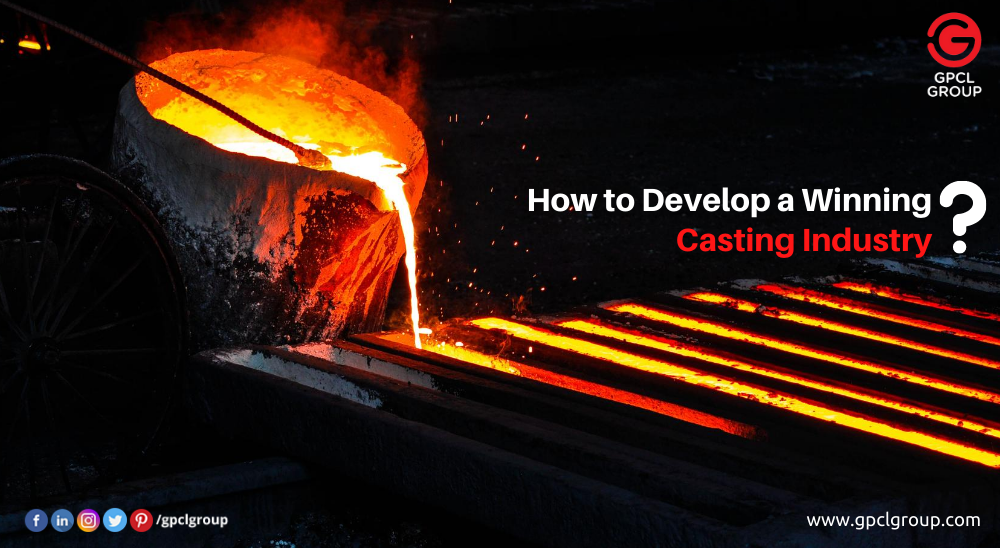Industrialists very often try to find the best ways to develop a winning casting industry. The first and essential part is to organize updated technology and a proper flowchart diagram from the incoming raw material handling to dispatch.
In your steel casting foundry workshop whether you are producing the steel from scrap or iron ore is a matter on your year ending budget. Even the end-use of the different products with several thickness slabs, sand casting, Extrusion or foundry materials widely responsible for the development.
Here are some suggestions that can be helpful to develop a winning casting industry:
Quality of Raw Materials for Steel Casting
Always try to improve the quality of raw materials for compatible products. There are many conveyor speeds of belt scales & accuracy levels. The feeders of Weight Belt serve a constant flow for batching or blending.
At minimum feed rates from lighter materials to loads of heavy-duty compelling faster feeds. The analyzers of online elements help to control and monitor the inhomogeneous mixture & fluctuations of the sintering process. It also helps to control the aspects which affect the consumption of raw materials, metallurgical & physical quality and costs.
Process Mass Spectrometer in Steel Casting Foundry
Process mass spectrometer is massively utilized in several essential applications of gas analysis in the steel & iron plants. It is used in the DRI making process, fuel gas estimation, process control of secondary steel, coke oven gas estimation, crucial oxygen steelmaking and blast furnace.
By calculating the overall estimated scenario of any foundry shop, the development can proceed.
Detection of Impurity in Scrap Metal
For steel casting foundry operations, the utilized scrap metals are controlled and monitored by different processes. The handheld analyzers grapple & scrap monitoring system help to find the orphan sources & radiation-contaminated elements found in the scrap metal.
If it is possible to detect entire impurity in the raw materials and end products, then a foundry industry can be developed easily.
Hot & Cold Rolling Process of Steel Manufacturing
The thickness gauges of Non-contact for cold & hot rolling mills serve real-time, detailed measurements at the time of the speed production of sheet and steel plate. It helps the foundry Industry to achieve the best tolerances & ensure the products with the most critical specifications & increase the usage of raw material.
In the steel industry, rolling mills are developing day by day due to customer demands, and the end-use is widely acceptable.
Elemental Analysis Process in the Steel Manufacturing Industry
The OES metals analyzer could be utilized at several production phases, while the XRF process is utilized to analyze the alloys, slags and raw materials. For a rapid performance, exact estimation of trace & alloying element throughout the production.
Air & Environmental Quality Monitoring
For monitoring environmental aspects in steel industries a Consecutive emissions monitoring system is used. It helps to maintain the obedience of ambient quality air & reporting requirements. The instrument could monitor an entire spectrum of the process gases at the time of several phases of production, consisting but not the limitation to HCl, O2, Hg, THC, TRS, H2S, CO2, CO, NOx, and SO2 & Total Sulfur.
Conclusion
Above mentioned steps are so much acceptable and logically proven to develop a winning casting industry. Top-level industrialists maintain those key features to achieve their goal!














